South Tel Aviv’s Central Bus Station (CBS) sprawls across 10 acres in the poorest part of the city. Inaugurated in 1993 as a “city under a roof”, the neglected station – like many urban transport hubs – has since became a hangout, hotel and unofficial business center for addicts, prostitutes, thieves and homeless. It’s not a place to dawdle. Could plants and paint transform this beast into a safe source of civic pride? The optimistic folks behind Next Station thought so. But what’s happened since the project’s November launch?
There is a municipal plan to transfer bus traffic from the CBS building to other Tel Aviv terminals, raising questions about the building’s future. Once the world’s largest bus terminal with an area covering twenty-five million square feet, it offered an ideal experimental space for urban innovation. The project viewed CBS as a giant lab to explore urban agriculture in Israel, see rendering above.
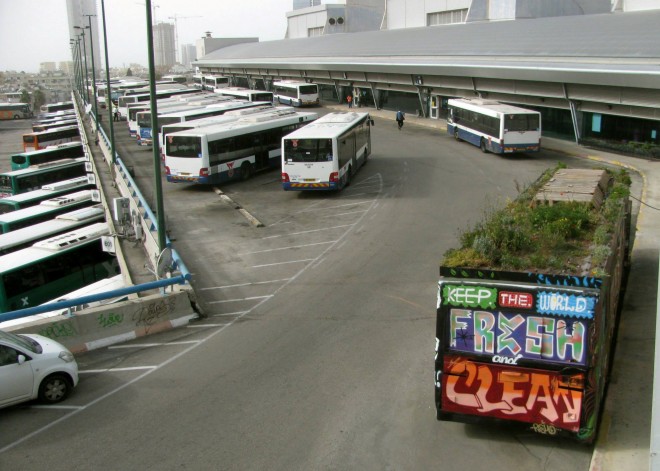
Next Station was a collaborative urban action by designers, farmers, architects, urban planners, gardeners, artists, engineers and volunteers led by the Onya Collective who designed and installed 30 artworks and plantings throughout the CBS, injecting color and plant life into the oppressive architecture.
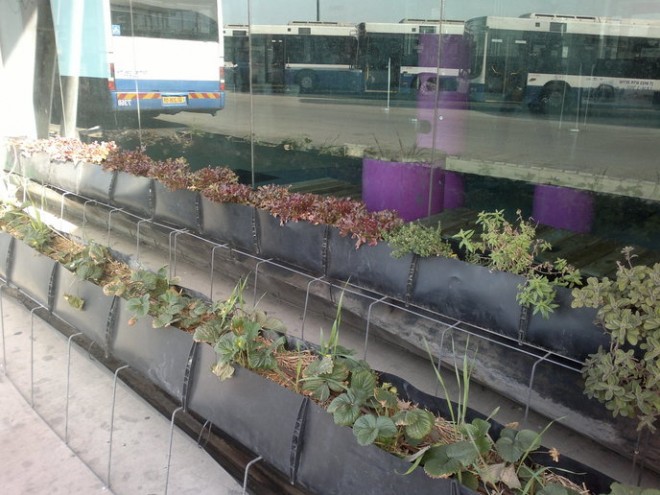
Billed as an urban agri-exhibition, the project received no institutional funding and was supported instead by donations of time, materials and guidance from the Tel Aviv New Bus Station Management Company, Dan Public Transportation, the municipality, ecological NGOs and Israeli industries.
Gardens were planted on top of the terminal, and also on the roof of a bus. New flower pots made of upcycled plastic lined pedestrian walkways. Commuters received free seed packets, a giveaway to spread guerrilla gardening beyond the transport hub.
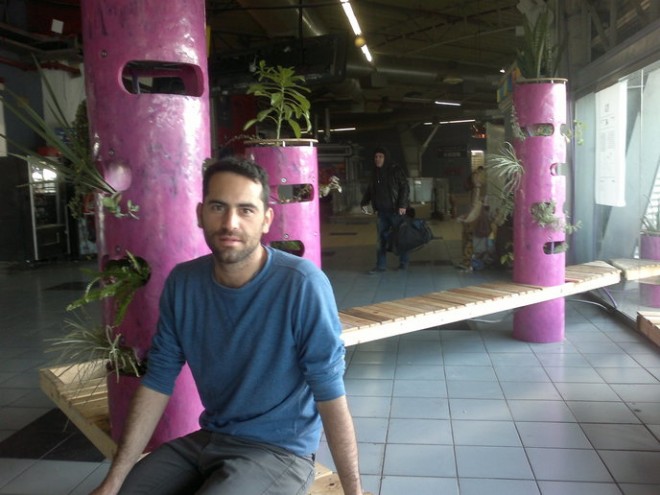
A new seating area called the ‘Vertical Tea Garden’ was built using donated industrial waste including pink PVC pipes, wood pallets and plastic paint buckets. Drip-irrigation pioneer Netafim designed a watering system for the herb gardens which use condensate from the station’s air-conditioning system.
The ‘Book Station’ is a free lending library offering donated books and magazines in 12 languages. Readers can relax at cast off tables and chairs supplied by Tel Aviv schools in a part of the CBS that was formerly a foul-smelling corner ruled by stray cats.
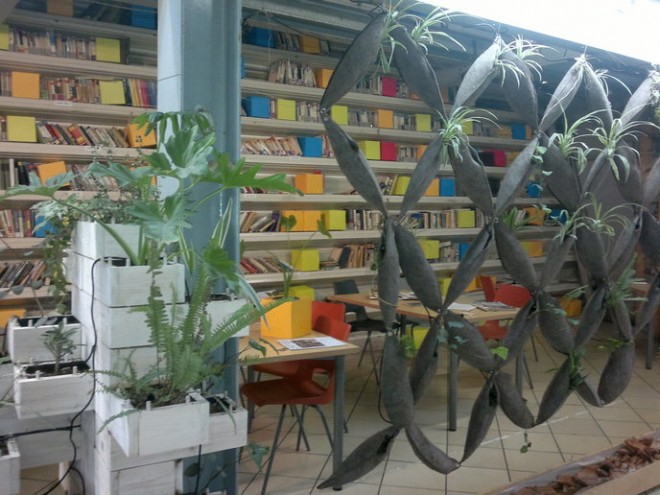
More than 1,200 people attended the Next Station exhibition’s gala opening in November, including many Israelis who had never set foot in the station.
The organizers, in cooperation with Tel Aviv University and the Ministry of Agriculture, hosted workshops in urban gardening and eco-design, tours, private parties and limited art shows from September through December. But there is no news about what has happened to the project since then.
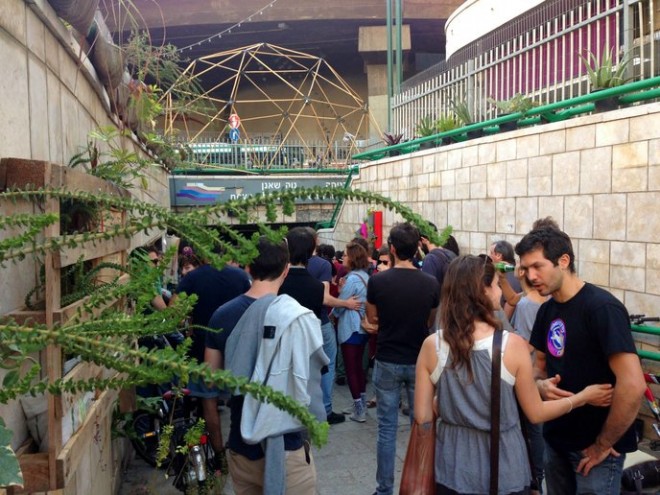
Next Station sought to bridge the separation between the city and nature. Urban agriculture holds power to strengthen community life, and deepen the affinity between people, the food they consume and the space they live in. The CBS sits in the Neve Sha’anan neighborhood, one of the most complex areas in Tel Aviv. So, was the project a success?
Green Prophet has not been able to contact the organizers. The follow-up news trail went cold. It seems too gargantuan effort to just fade out. Or is Zen-like impermanence part of the plan?
Let’s make this story an interactive platform like its subject: has anyone been through the CBS lately, and can you share what’s happening now?
Images from Onya Collective, lead rendering courtesy of Dana Mor/Onya Collective

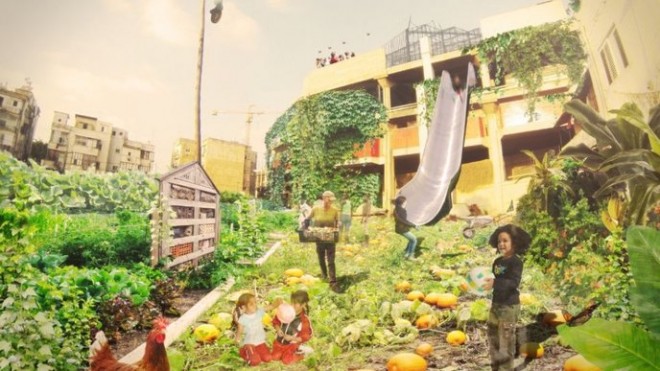
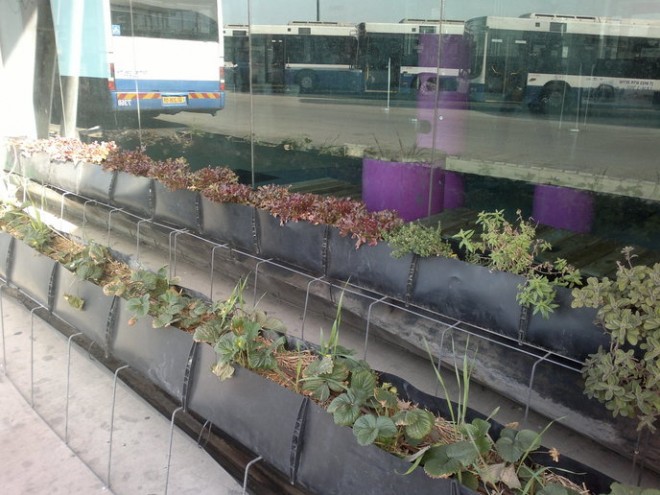
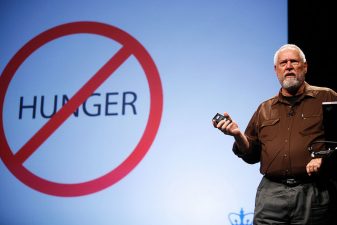
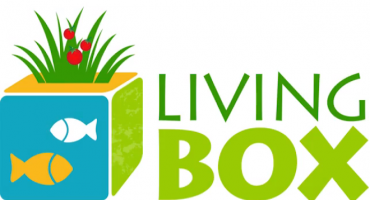
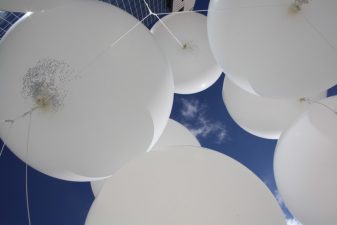
2 thoughts on “Is Tel Aviv’s green bus terminal still blooming?”
Comments are closed.